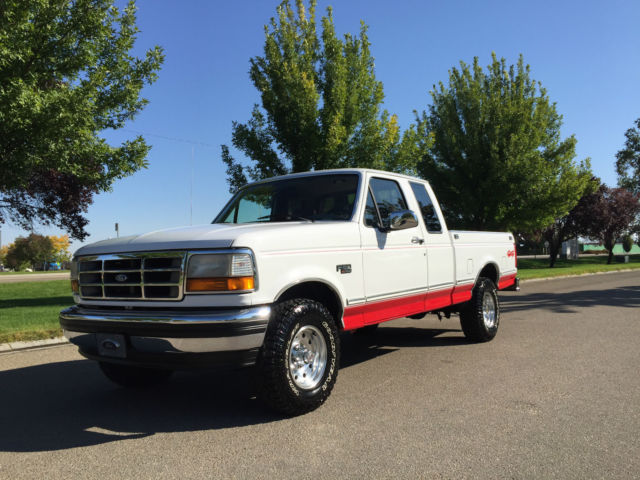
(D) When only the lower portion of a trench is shored and the remaining portion of the trench is sloped or benched unless: The sloped portion is sloped at an angle less steep than three horizontal to one vertical or the members are selected from the tables for use at a depth which is determined from the top of the overall trench, and not from the toe of the sloped portion. (C) When surcharge loads are present from equipment weighing in excess of 20,000 pounds. (B) When vertical loads imposed on cross braces exceed a 240-pound gravity load distributed on a one-foot section of the center of the crossbrace. The term "adjacent" as used here means the area within a horizontal distance from the edge of the trench equal to the depth of the trench. (A) When loads imposed by structures or by stored material adjacent to the trench weigh in excess of the load imposed by a two-foot soil surcharge. Either an alternate timber shoring system must be designed or another type of protective system designed in accordance with 1926.652. (ii) When any of the following conditions are present, the members specified in the tables are not considered adequate. Shoring systems for use in situations that are not covered by the data in this appendix must be designed as specified in 1926.652(c).

These data were developed to apply to the situations that are most commonly experienced in current trenching practice. (i) It is not intended that the timber shoring specification apply to every situation that may be experienced in the field. Employers wanting to use nominal size shoring are directed to Tables C-2.1 through C-2.3, or have this choice under 1926.652(c)(3), and are referred to The Corps of engineers, The Bureau of Reclamation or data from other acceptable sources. (ii) The required dimensions of the members listed in Tables C-1.1 through C-1.3 refer to actual dimensions and not nominal dimensions of the timber. (i) The sizes of the timber members listed in Tables C-1.1 through C-1.3 are taken from the National Bureau of Standards (NBS) report, "Recommended Technical Provisions for Construction Practice in Shoring and Sloping of Trenches and Excavations." In addition, where NBS did not recommend specific sizes of members, member sizes are based on an analysis of the sizes required for use by existing codes and on empirical practice. (5) Miscellaneous notations regarding Tables C-1.1 through C-1.3 and Tables C-2.1 through C-2.3 are presented in paragraph (g) of this Appendix. (4) Information illustrating the use of the tabular data is presented in paragraph (f) of this appendix. (3) Information explaining the use of the tabular data is presented in paragraph (e) of this appendix. (2) Information concerning the basis of the tabular data and the limitations of the data is presented in paragraph (d) of this appendix, and on the tables themselves. Stable rock is exempt from shoring requirements and therefore, no data are presented for this condition. The data are arranged to allow the user the flexibility to select from among several acceptable configurations of members based on varying the horizontal spacing of the crossbraces. Each table presents the minimum sizes of timber members to use in a shoring system, and each table contains data only for the particular soil type in which the excavation or portion of the excavation is made. (1) Information is presented in tabular form in Tables C-1.1, C-1.2 and C-1.3, and Tables C-2.1, C-2.2 and C-2.3 following paragraph (g) of the appendix. Information is presented in several forms as follows: In order to use the data presented in this appendix, the soil type or types in which the excavation is made must first be determined using the soil classification method set forth in appendix A of subpart P of this part.

Other timber shoring configurations other systems of support such as hydraulic and pneumatic systems and other protective systems such as sloping, benching, shielding, and freezing systems must be designed in accordance with the requirements set forth in 1926.652(b) and 1926.652(c).

This appendix must be used when design of timber shoring protective systems is to be performed in accordance with 1926.652(c)(1). This appendix contains information that can be used when timber shoring is provided as a method of protection from cave-ins in trenches that do not exceed 20 feet (6.1 m) in depth. Please inquire with sales staff regarding availability.(a) Scope.

This product has limited quantities in stock. Stocked in random sizes from 8′ to 16′ and sold by the linear foot. The Ipe 4×4’s are surfaced on all four sides and square edged.


 0 kommentar(er)
0 kommentar(er)
